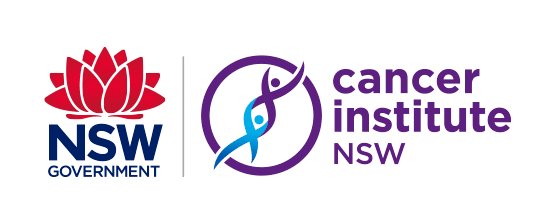Toronto Community Housing Corporation (TCHC), situated in the heart of one of the largest cities in North America, manages a stock of approximately 59,700 dwellings that provide homes to roughly 109,000 individuals. TCHC houses diverse families and individuals with a range of affordability levels, from those that pay market-level rents to others that qualify to pay rent that is geared according to family income. As of 2015, a $750M backlog of repairs threatens the ability of the second largest landlord in North America to continue meet its mandate of providing clean, affordable, and well-maintained homes.
In a climate of provincial and federal divestment from social housing, as well as growing demand for access to affordable housing, TCHC and its sole shareholder, the City of Toronto, have developed the 10-Year Capital Financing Plan. The 10-Year Capital Financing Plan proposes a tripartite investment totaling approximately $2.6 billion, shared equally between the municipal, provincial and federal orders of government. With the municipal government and TCHC having pledged approximately $900 million—just over one third—of the total funds needed for capital repairs, the City and TCHC request $864 from each of the provincial and federal orders of government in order to resolve the backlog of repairs facing the TCHC housing stock. In addition to the 10-Year Capital Financing Plan, TCHC, in partnership with the City of Toronto and private developers, has leveraged existing assets to fund the $5 billion Revitalization of multiple communities across Toronto.
This study assessed the socio-economic impacts of both the proposed 10-Year Capital Financing Plan and the Revitalization project already underway, using agent-based modeling to simulate the city of Toronto. The architecture at the heart of this model appreciates that the value of investing in TCHC’s portfolio extends beyond what is traditionally measured by economic or financial analysis. The continued provision of quality social housing has an extensive impact on the interconnected facets of Toronto’s economic, social, and healthcare landscape.
Results have demonstrated that the provincial and federal governments stand to gain significant tax revenue benefits from the investments already pledged by TCHC and the City of Toronto. However, a lack of financial support from the provincial and federal governments places Toronto’s future sustainability and well-being at risk not only in terms of economic impacts, such as GDP, employment, and private capital investment, but also with respect to illness prevalence, homelessness, healthcare costs, and crime.
Key findings: The reward scenario
The reward scenario is characterized by the full investment in Revitalization and the capital plan by TCHC and all orders of government; the full rewards of the investment are discussed. As a first step, the Centre analyzed the impact of both the $5 billion investment represented by the current Revitalization projects, as well as the full capital repair investment laid out in TCHC’s 10-Year Capital Financing Plan. This scenario assumes that TCHC and the municipal, provincial and federal governments each provide investment support equivalent to one-third of the $2.6 billion plan, enabling all needed repairs to be completed. The results show significant benefits from the investment for TCHC, the City of Toronto, the province of Ontario, and the country as a whole.
A second analysis was done to examine the impact of the federal and provincial governments failing to invest their one-third shares required by the 10-year capital financing plan. This scenario, the “Risk” scenario, examines the implications of the provincial and federal governments not participating in the capital plan investment. With the existing commitment of TCHC and the City of Toronto, some of the benefits of the investment in capital repairs will still accrue; however, the funds allocated to the projects will fall $1.7 billion short of what is necessary to generate the anticipated economic, social, and health effects listed above.











